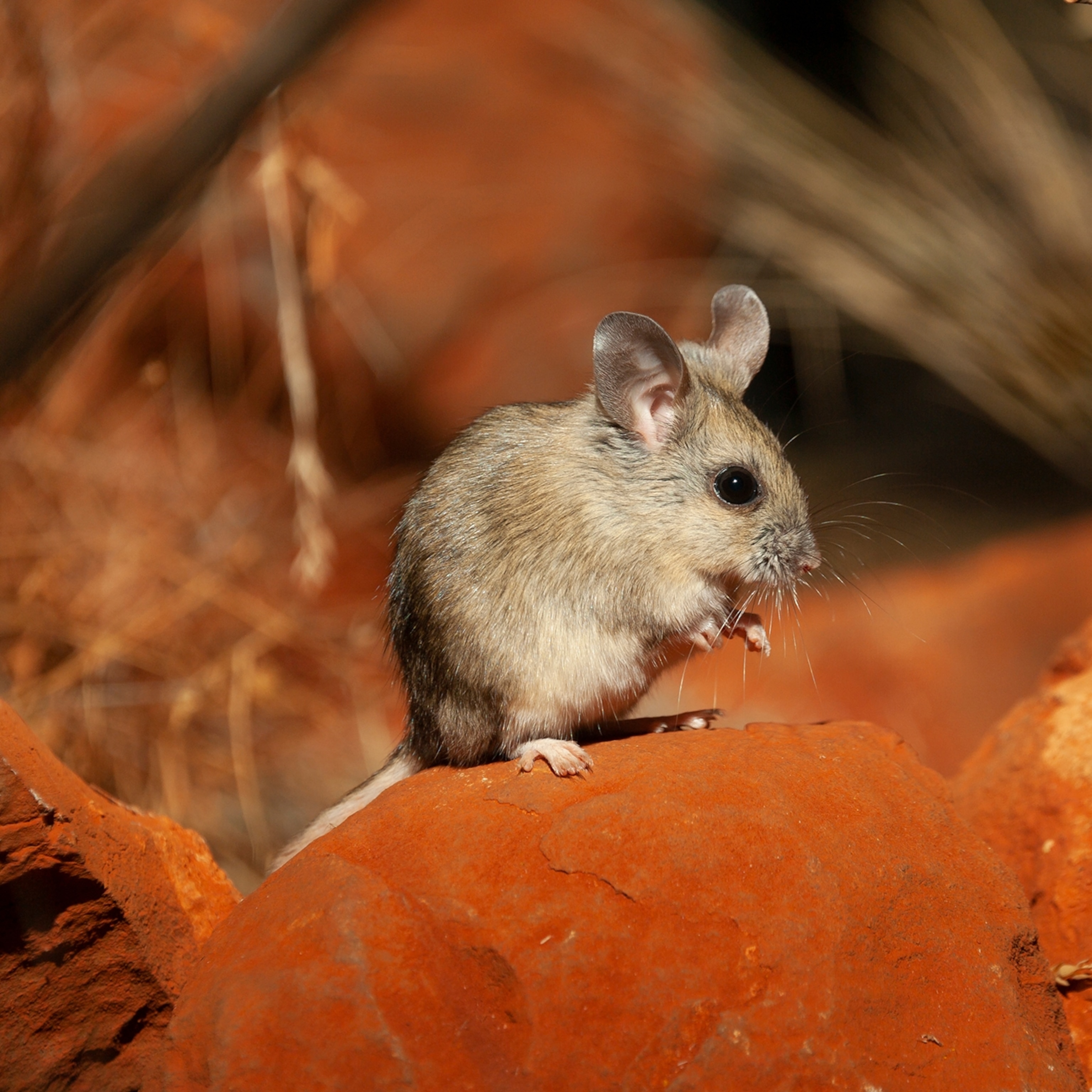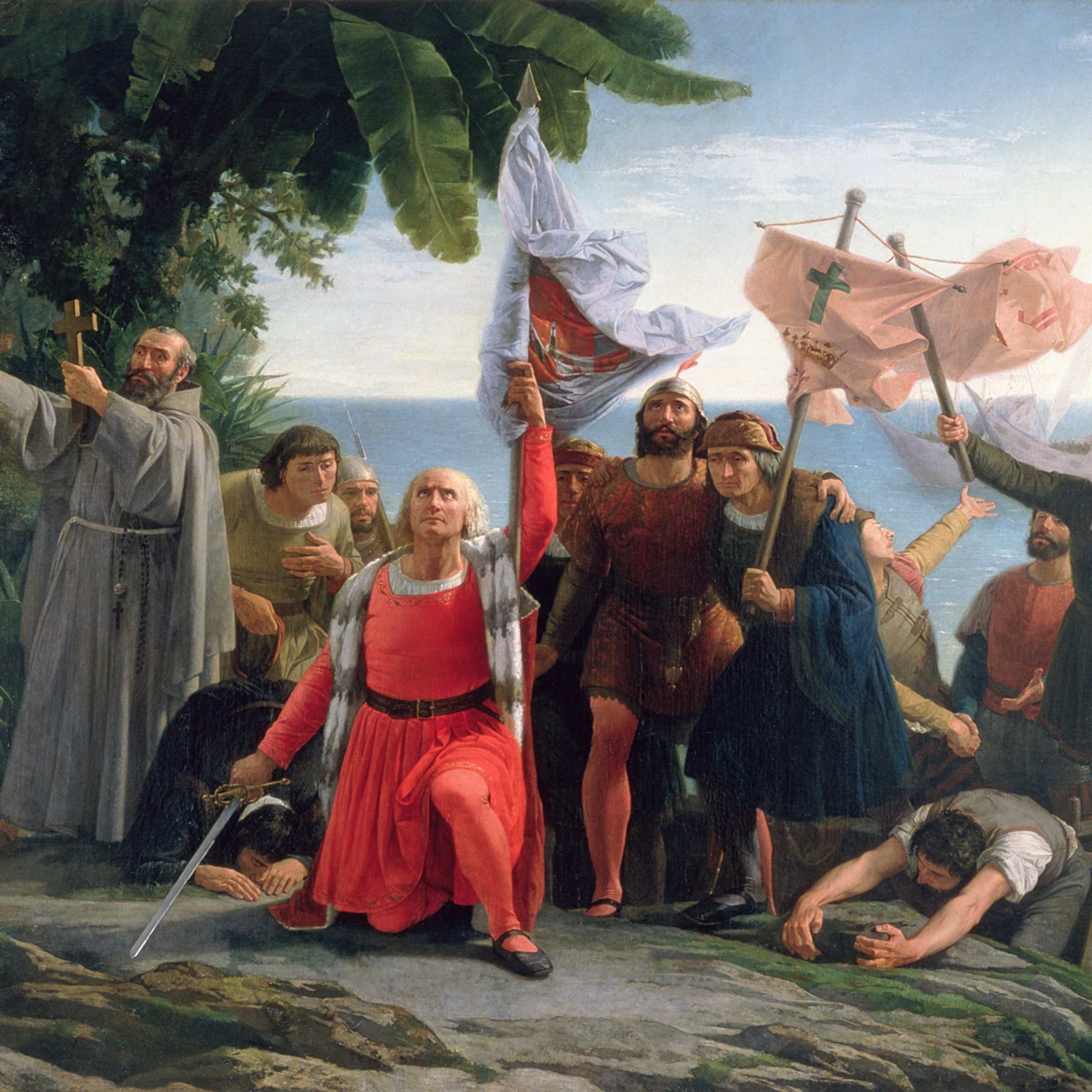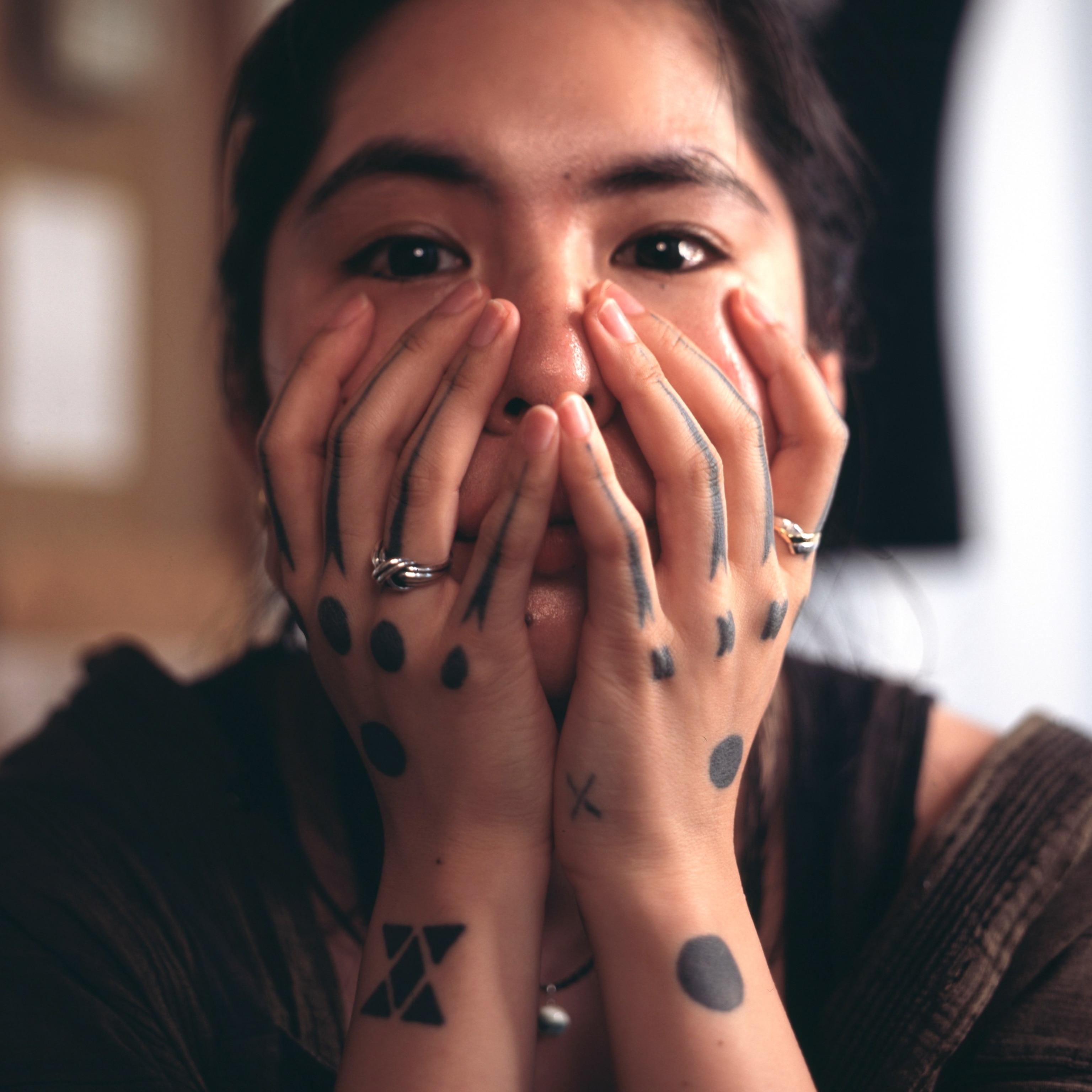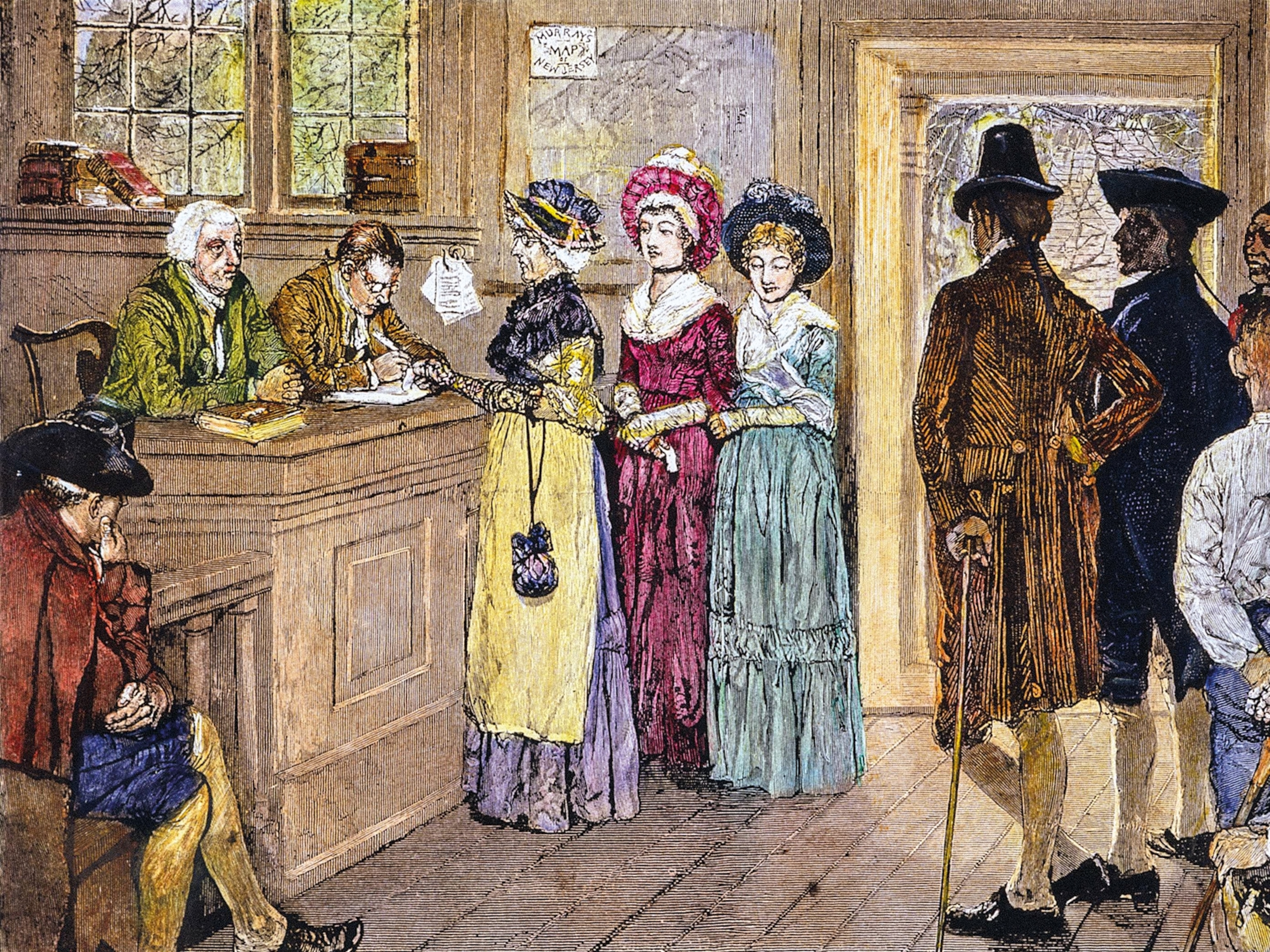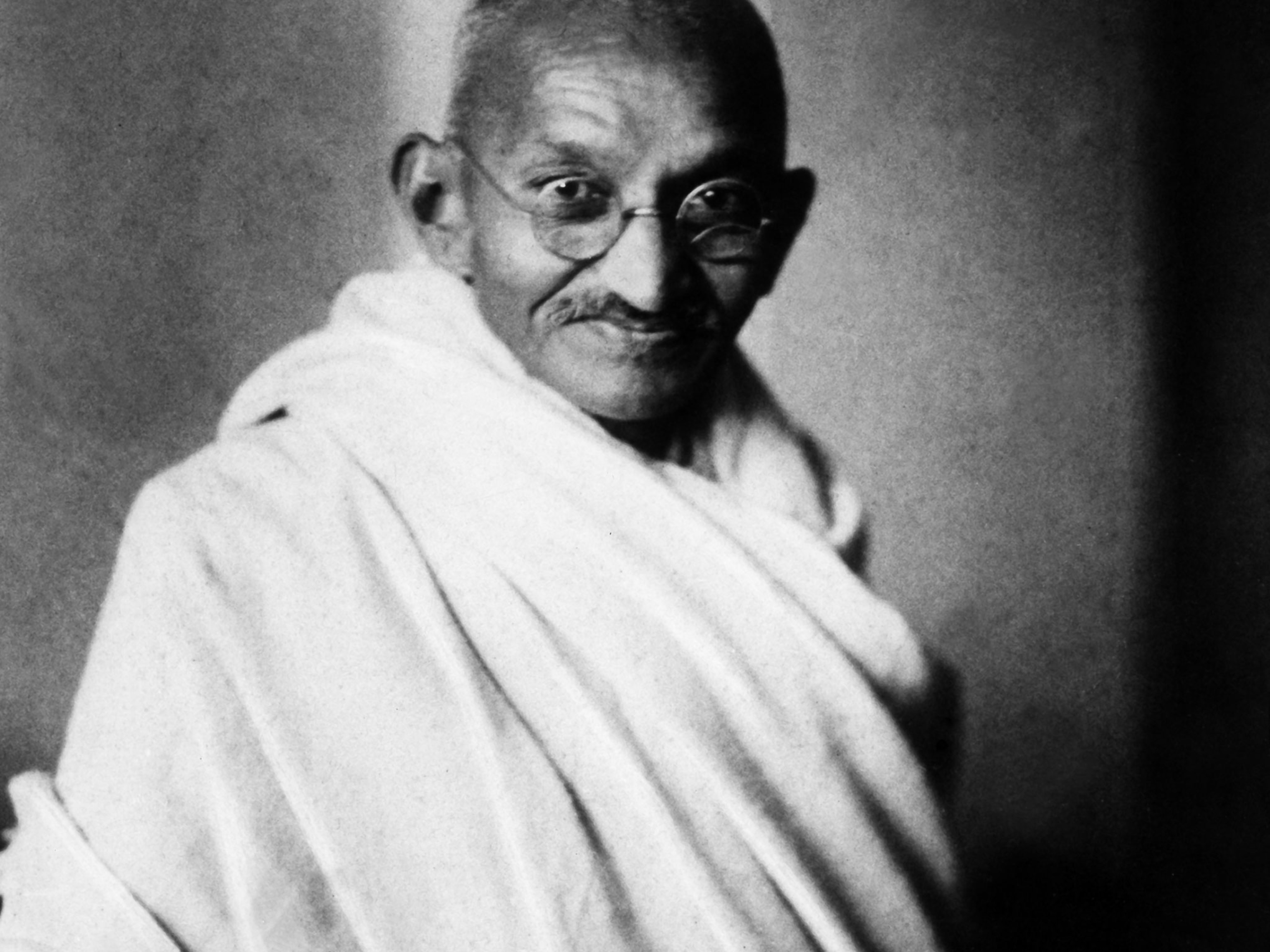Why Aboriginal Australians are still fighting for recognition
They could be the oldest population of humans living outside of Africa—yet Australia has still never made a treaty with Aboriginal Australians.

Australia’s first people—known as Aboriginal Australians—have lived on the continent for over 65,000 years. Diverse and culturally distinctive, they are represented by more than 250 distinct language groups spread throughout Australia. About 3 percent of Australia’s population has Aboriginal heritage.
But the origins, and fate, of Australia’s native peoples are still the subject of heated debates. They range from social disparities to legal representation, and even whether their genocide can really be considered a genocide. Here’s what you should know about these Indigenous people.
Who are Aboriginal Australians?
Aboriginal Australians consist of two groups throughout parts of Australia: Aboriginal people and Torres Strait Islanders. Aboriginal people are related to those who already inhabited mainland Australia when Britain began colonizing the island in 1788.
The Torres Strait Islander communities come from people who lived on the Torres Strait Islands. These islands are part of Queensland, Australia, which took control of them in 1879.
However, within these two broad identities, there are many other specific groups and some identify by the geographic locations where they live, such as the Gunditjamara people of western Victoria.
Legally, “Aboriginal Australian” is recognized as “a person of Aboriginal or Torres Strait Islander descent who identifies as an Aboriginal or Torres Strait Islander and is accepted as such by the community in which he [or she] lives.”
According to the Australian Bureau of Statistics, there are more than a million Aboriginal and Torres Strait Islander peoples in the commonwealth. That number is expected to rise to 1.2 million by 2031.
Australian Aboriginal history
One genetic study found that today’s First Nations people are all related to a common group of ancestors. These ancestors were part of a distinct population that appeared on the mainland about 50,000 years ago.
How did they get there? Researchers believe that humans migrated to Northern Australia from Asia using primitive boats. A current theory says that early migrants came from Africa about 70,000 years ago. This would make them the oldest human population living outside Africa.

British colonization
When British settlers began colonizing Australia in 1788, many Aboriginal Australians lived there. Researchers estimate there were between 750,000 and over a million at the time. Soon, epidemics ravaged the island’s Indigenous populations, and British settlers seized their lands.
First Nations people resisted. Up to 20,000 people died in violent conflicts on the colony’s frontiers. However, most were defeated by massacres and the poverty of their communities as British settlers took their lands.
Researchers have documented at least 270 massacres of Aboriginal Australians during Australia’s first 140 years. The term “genocide” remains controversial. However, many believe that the continent’s first inhabitants were wiped out through violence.
(What actually is colonialism? Learn more about its history and legacy.)
A recent four-year study conducted by the Indigenous-led Yoorrook Justice Commission concluded that British colonization efforts, beginning in 1834, constituted a “genocide” against the Indigenous population in the state of Victoria. The commission also released some 100 recommendations for redress.

The Stolen Generations
From 1910 to 1970, government policies tried to assimilate Aboriginal Australians. As a result, 10 to 33 percent of Aboriginal children were taken from their homes. People placed these “Stolen Generations” in adoptive families and institutions and forbade them from speaking their native languages. Their names were often changed.
Most First Nations people did not have full citizenship or voting rights until 1965. Only in 1967 did Australians vote that federal laws would also apply to Aboriginal Australians. This meant that Aboriginal Australians and Torres Strait Islanders would be counted in Australia’s population. It also meant that Australia could make laws they had to follow.
(How the Aboriginal community is using tourism to tell their stories.)
In 2008, Australian Prime Minister Kevin Rudd issued a national apology for the country’s actions toward the Stolen Generations. Since then, Australia has worked to reduce the social disparities that Aboriginal Australians face.

Aboriginal Australians’ struggle continues
Today, Indigenous Australians still work hard to keep their ancient culture and beliefs. Despite small progress such as the commission findings in Victoria, they continue to fight for national recognition and restitution from the Australian government.
In 2023, Australians overwhelmingly rejected a national referendum that would have recognized Aboriginal people in its constitution. It also aimed to create a group to advise Parliament on important issues. Although a majority of Indigenous voters said yes to the proposal, more than 60 percent of Australians voted no.
Many Aboriginal Australians saw the referendum’s failure as a blow. They proclaimed a week of silence and reflection on its wake.
But progress is still underway on other fronts. Australia is the only country in the British Commonwealth that has never made a treaty with its First Nations people. However, some Australian states are taking action on their own.
(Australia hands control of its newest national parks to Indigenous people)
The state of Victoria has already established a framework for treaty negotiations, and is expected to broker a first-of-its-kind agreement.
The agreement aims to recognize the sovereignty of Aboriginal Australians and compensate victims of past injustices. It also aims to include findings from the Yoorrook Justice Commission truth-telling committee and make the First Peoples’ Assembly permanent within the state government.
If lawmakers pass the legislation, Victoria would become the second state to have permanent Indigenous representation in parliament. South Australia established its Indigenous representation in 2023.
A similar effort is underway in Queensland and is an attempt to “mend the very fabric of our society,” Aboriginal historian and author Jackie Huggins told the Guardian in 2022.
Still, it will take more than a treaty to heal the deep wounds of Australia’s colonial legacy. Aboriginal Australians say that whether the nation recognizes it or not, they possess sovereignty that, in the words of the national convention that called for the referendum, “has never been ceded or extinguished.”

